Video has become a core part of the B2B marketer’s arsenal. And with good reason. Videos are a great format for breaking down complex topics in a visual, narrative-driven way and enhancing and deepening connections with subject-matter experts. Because of the variety of production approaches a video team can take—from motion graphics to a scripted, large-scale production—videos are extremely versatile. And for B2B companies seeking to fill their social media pipeline with rich and varied content, video is critical.
But as companies put time and resources behind high-quality video, how can they be sure they’re getting the most out of that investment? We’ve heard from B2B clients that sometimes the web metrics don’t justify the dollars. And we get that. In a long B2B sales cycle, those web metrics are one of the main ways to measure engagement after a video launches—and if they fall short of expectations, it can appear that the video did too.
But B2B companies have a relatively narrowcast audience; thus, they should establish measures of success and methods for gauging return on investment that go beyond tracking views. In particular, they should track how successful the video is at connecting with the company’s audience and ultimately supporting a longer-term relationship.
Admittedly, measuring success in this way can be difficult, since for B2B companies, a sale can occur years after the touchpoint. But the first thing B2B marketers can do to create that connection and build a meaningful dialogue is to be strategic and targeted about the messaging and respond directly to what their potential clients are looking for.
One of the ways B2B companies can do that is mapping the video message and distribution strategy to the sales cycle. We’ve simplified the cycle to some degree in the graphic below, but it depicts the three main stages B2B marketers should align content with.
Different audience segments are involved at each stage of the cycle, so the messaging should be targeted to the viewer and their objective. For example, long before an executive gets involved in a decision about pursuing a product or service, other teams and managers complete research and analysis to identify a company with a strong and authoritative brand, trusted leadership, and valuable insights. In these initial stages, the teams should see videos that support brand perception and awareness and educate them on products or services.
Toward the end of the cycle—near conversion and purchase—the executive will get involved to ultimately make the decision. The type of video the executive sees should be brief and precise, with a clear demonstration of the potential vendor’s expertise and expected impact.
Below are a few examples to guide companies’ sales-cycle video strategy.
Brand perception and awareness: Brand video or high-level approaches that start the conversation

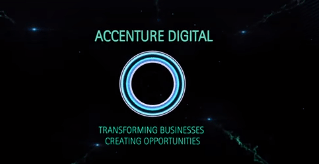

Product and service evaluation: Video on specific thinking, solutions, or initiatives at the industry-specific level
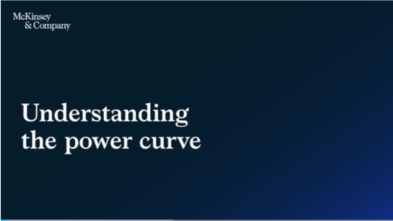

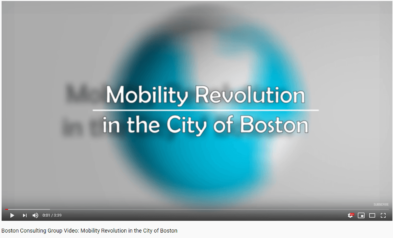

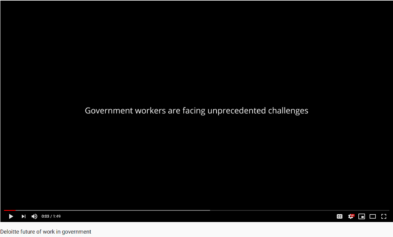
Conversion or purchase: Video that details case studies, demonstrates impact, or dives deeper into key features of a specific product or service
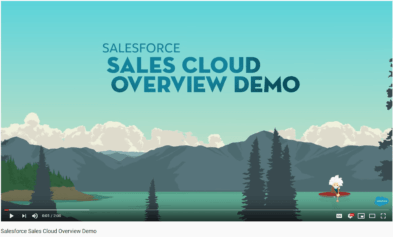
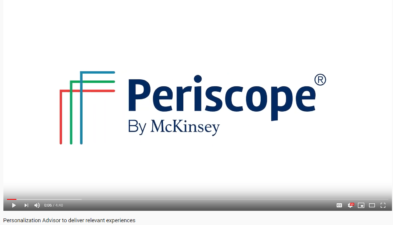

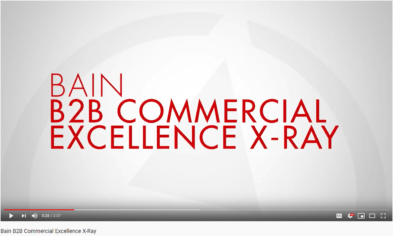
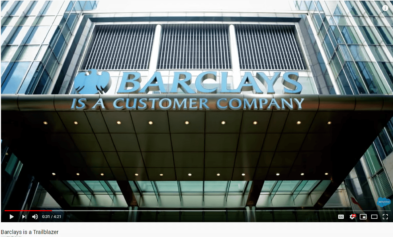





Leave a Reply
You must be logged in to post a comment.